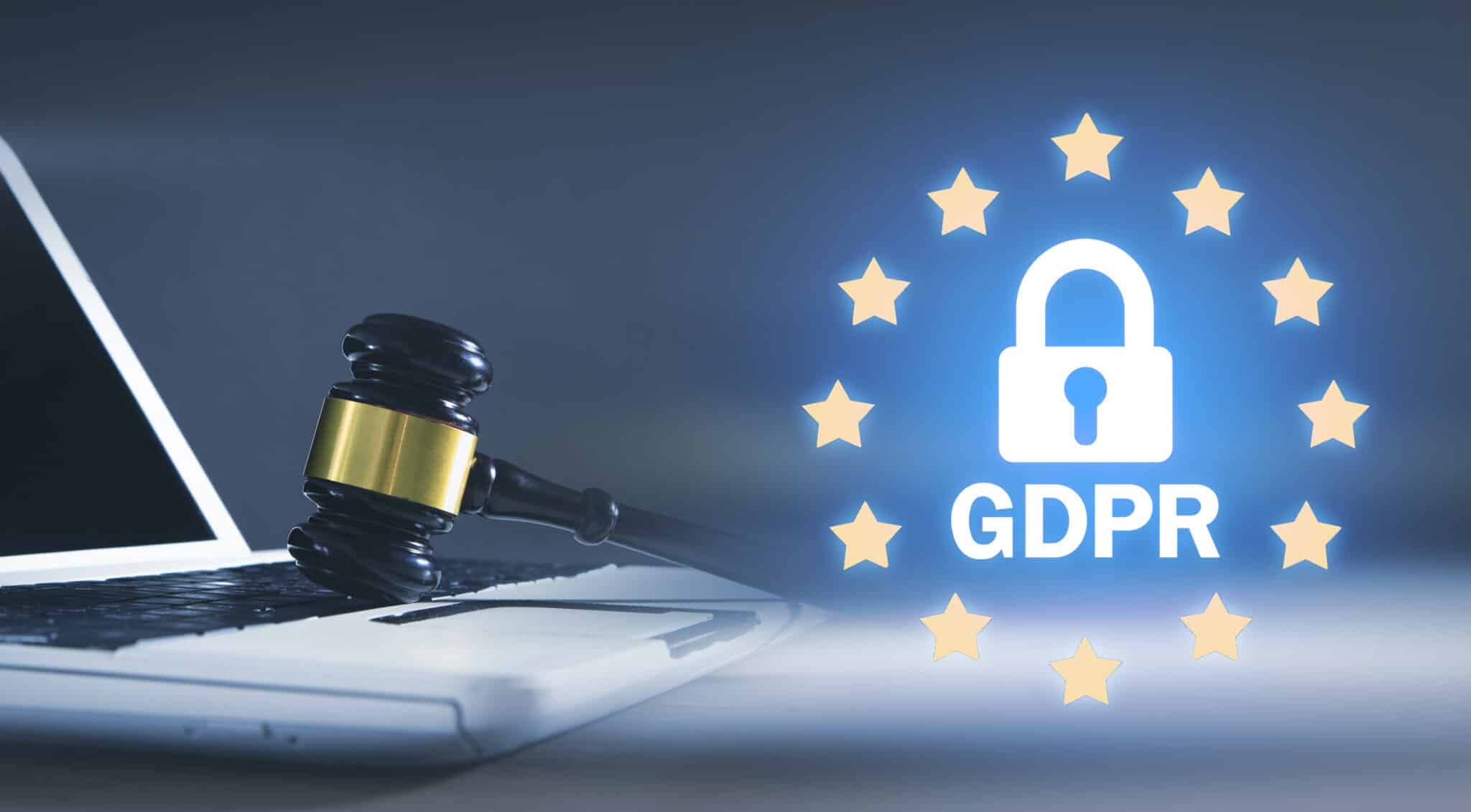Mastering Email Deliverability with Salesforce Marketing Cloud
Imagine spending countless hours crafting the perfect email, only to have it vanish into the dreaded spam folder. This is a nightmare scenario for marketers worldwide. Email deliverability is a complex issue, but understanding the common pitfalls can help you avoid them. Let’s dive into the top challenges marketers face and how Salesforce Marketing Cloud can help you overcome them.
Before your email reaches your subscribers’ inbox, it undergoes a rigorous journey through multiple servers. While an email is considered ‘delivered’ once it lands in the recipient’s mailbox, the receiving server performs extensive checks to determine if it’s legitimate. To navigate this complex process and ensure your emails reach their destination, it’s essential to follow proven best practices.
Key Factors Affecting Deliverability

- Sender Reputation: A clean sender reputation is the cornerstone of successful email marketing. It’s how email service providers (ISPs) judge your trustworthiness as a sender. A good reputation means your emails are more likely to land in the inbox rather than the spam folder. Conversely, a poor reputation can lead to blocked emails, low open rates, and damaged brand credibility.
IP address warming is the gradual increase of your email sending volume from a new or underutilized IP address. This helps build a positive sender reputation by preventing sudden spikes in email traffic, which can trigger spam filters. By slowly ramping up your sending volume, you give ISPs time to establish trust in your IP address.
A strong sender reputation, coupled with effective email authentication and IP address warming, is essential for achieving high deliverability rates and maximizing the impact of your email campaigns.
- Email Authentication: Email authentication is crucial for protecting your sender reputation and ensuring your emails reach the inbox. Three primary protocols form the backbone of email authentication: SPF, DKIM, and DMARC. By implementing SPF, DKIM, and DMARC, you significantly strengthen your email security posture and increase the chances of your messages being delivered successfully.There are many resources available to better understand these protocols, including this article from CloudflareWhile Marketing Cloud offers tools to simplify SPF, DKIM, and DMARC configuration, the process still requires technical expertise to implement DNS changes and integrate with other email security systems like Mimecast. This can be time-consuming and complex. Partnering with an expert like KMS Technology can streamline the setup, saving your business valuable time, resources, and frustration.
- Email Content
- Your subject line is the first impression your email makes. It should be compelling, clear, and relevant to the content within. You can read about best practices for writing effective subject line in this article from Salesforce
- Relevant and valuable content is a crucial factor in ensuring your emails reach your subscribers’ inboxes. This is because email providers like Gmail, Outlook, and Yahoo use various algorithms to determine whether an email is legitimate and relevant to the recipient. If your content is spammy, irrelevant, or low-quality, these providers may flag your emails as spam or reduce their deliverability.
- Key factors to consider when creating relevant and valuable content:
- Know your audience: Understand their interests, needs, and preferences.
- Personalize your content: Tailor your messages to individual subscribers.
- Provide value: Offer something useful, informative, or entertaining.
- Optimize for mobile: Ensure your emails are easy to read and interact with on mobile devices.
- Test and measure: Experiment with different subject lines, content formats, and calls to action to see what works best.
- By prioritizing relevant and valuable content in your email campaigns, you can significantly improve your deliverability and achieve better results.
- List Management
- Email list hygiene is the practice of maintaining a clean and up-to-date email list. It’s a critical aspect of email marketing that directly impacts your deliverability. A healthy email list helps ensure your messages reach your intended recipients, reducing the risk of your emails being marked as spam.
- Here’s why email list hygiene is so important:
- Improved Deliverability: When you remove inactive or invalid email addresses from your list, you’re sending fewer emails to addresses that won’t be opened. This can improve your sender reputation and increase the likelihood of your emails reaching your subscribers’ inboxes.
- Reduced Spam Complaints: A clean list helps prevent your emails from being marked as spam. When your emails are delivered to valid addresses, you’re less likely to receive spam complaints, which can harm your sender reputation.
- Higher Engagement Rates: A well-maintained list ensures your emails are reaching the right people. When your subscribers receive relevant and valuable content, they’re more likely to engage with your messages, which can improve your email marketing performance.
- Better ROI: By focusing your email efforts on a clean list, you can achieve a higher return on investment (ROI). When your emails reach the right people, you’re more likely to drive conversions and achieve your marketing goals
- Key practices for maintaining good email list hygiene:
- Regularly clean your list: Remove inactive, hard bounce, and spam complaint addresses.
- Verify email addresses: Use email verification tools to ensure the accuracy of your list.
- Segment your list: Divide your subscribers into groups based on interests or demographics to send more targeted messages.
- Encourage list updates: Provide easy ways for subscribers to update their information or unsubscribe.
- Avoid purchasing email lists: Buying lists can lead to low-quality leads and harm your sender reputation.
- By prioritizing email list hygiene, you can enhance your email marketing efforts and achieve better results. A clean and healthy list is essential for maintaining a positive sender reputation and ensuring that your emails reach your subscribers effectively.
What is General Data Protection Regulation (GDPR)? How does it impact email deliverability?

The General Data Protection Regulation (GDPR) is a European Union law that sets strict standards for the collection, storage, and use of personal data. While it primarily impacts businesses operating within the EU, its effects can extend to companies that process the data of EU residents, regardless of their location.
GDPR compliance is essential for email deliverability for several reasons:
- Improved Sender Reputation: Email providers and internet service providers (ISPs) are increasingly scrutinizing sender practices to ensure compliance with data privacy regulations like GDPR. Non-compliance can lead to a damaged sender reputation, which can negatively impact deliverability.
- Reduced Spam Complaints: GDPR requires businesses to obtain explicit consent from individuals before sending them marketing emails. This helps ensure that your emails are only sent to people who want to receive them, reducing the likelihood of spam complaints.
- Enhanced Trust with Subscribers: By demonstrating compliance with GDPR, you show your subscribers that you respect their privacy and handle their data responsibly. This can build trust and improve engagement rates.
- Avoiding Fines and Penalties: Non-compliance with GDPR can result in hefty fines, which can have a significant financial impact on your business.
Key aspects of GDPR compliance for email marketing
- Obtain explicit consent: Ensure that you have clear and affirmative consent from individuals before sending them marketing emails.
- Provide transparency: Clearly communicate how you collect, store, and use personal data.
- Give individuals control: Allow subscribers to easily access, update, or delete their personal information.
- Implement security measures: Protect personal data from unauthorized access or breaches.
- Appoint a Data Protection Officer (DPO): If your business processes large amounts of personal data, you may be required to appoint a DPO.
By prioritizing GDPR compliance, you can protect your sender reputation, improve email deliverability, and build trust with your subscribers.
Other tips for improving deliverability

- Increase credibility: Make sure that subject lines are not deceptive or misleading
- Honor subscribers’ opt-in and opt-out preferences: Process unsubscribe requests within 10 days and ensure they are enforced across your entire enterprise to comply with GDPR’s right to withdraw consent. Always capture affirmative consent from your users!
- Improve deliverability: For transactional or relationship messages, ensure the subject line is non-promotion and place content above any commercial content to maintain clarity and adhere to GDPR’s transparency principles.
- Respect the cookie consents: Always capture affirmative consent from your users, as per GDPR requirements for explicit permission.
Conclusion
By now, it should be clear that email deliverability is a random spawn, but rather a strategic battleground. By following these best practices and leveraging the power of Salesforce Marketing Cloud, you can stop throwing hail mary’s and be confident messages land directly in your subscribers’ inboxes.
Here’s your email deliverability recap:
- Build a strong sender reputation: Implement email authentication (SPF, DKIM, DMARC) and gradually increase sending volume (IP address warming) to establish trust with ISPs.
- Craft compelling content: Prioritize clear, relevant subject lines and valuable content tailored to your audience. Optimize for mobile and use A/B testing to refine your approach.
- Maintain a clean email list: Regularly clean inactive addresses, verify new ones, and segment your list for targeted campaigns. Encourage subscribers to update their information and avoid purchased lists.
- Embrace GDPR compliance: Obtain explicit consent, communicate data practices transparently, and provide control over personal information. This not only improves deliverability but also builds trust with your audience.
Remember, achieving inbox placement is an ongoing process. By consistently applying these strategies and leveraging the tools within Salesforce Marketing Cloud, you can ensure your emails reach their intended recipients, driving engagement and maximizing the impact of your marketing efforts.
Bonus Tip: Stay informed! The email marketing landscape is constantly evolving. Subscribe to reputable industry blogs and resources to stay ahead of the curve on best practices and emerging trends.
With a commitment to deliverability excellence, you can transform your email marketing into a powerful tool for connecting with your audience and achieving your marketing goals. Happy sending!







